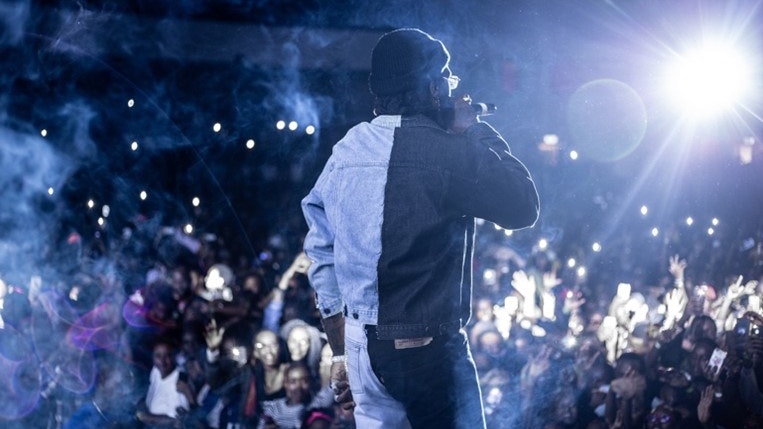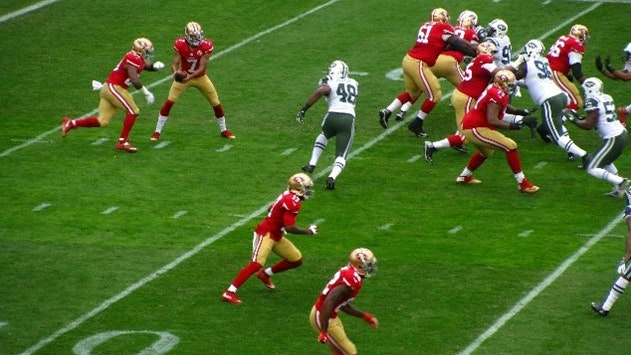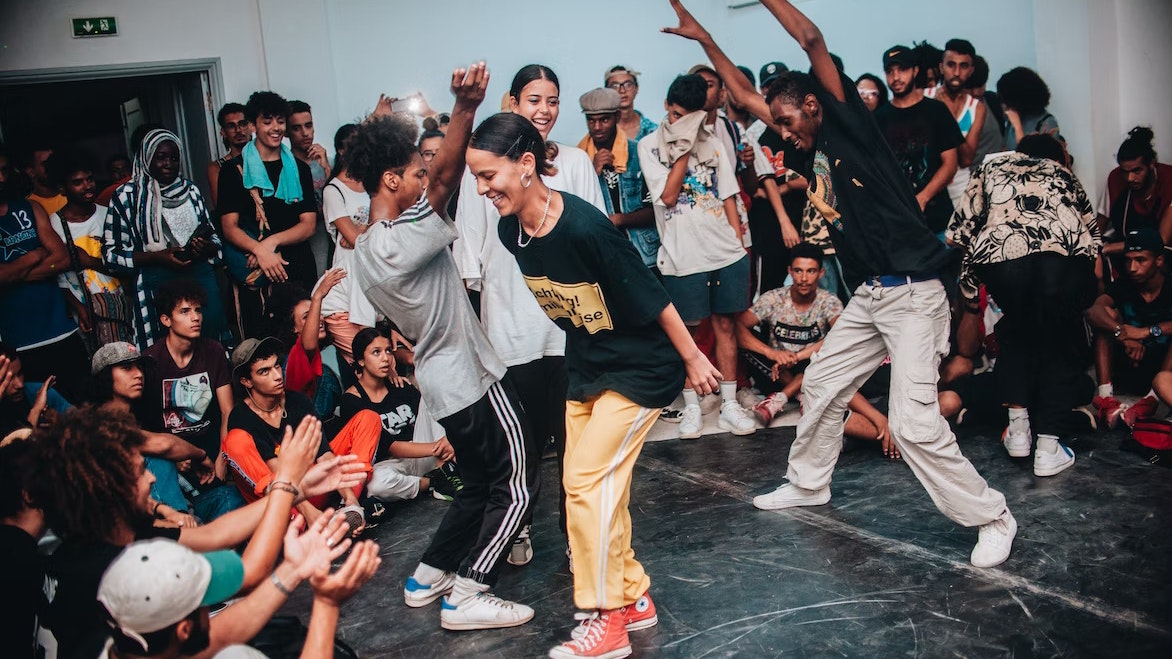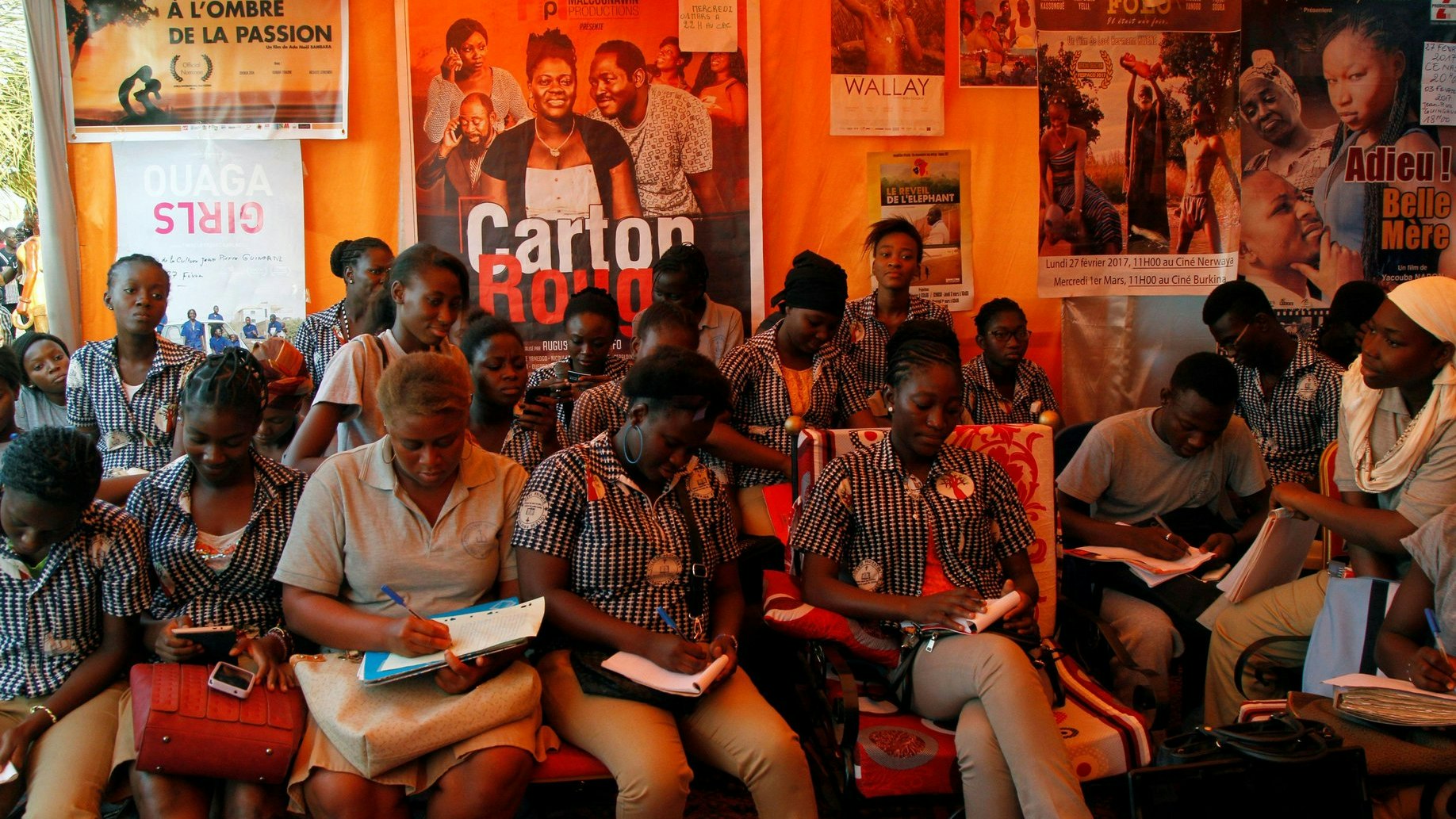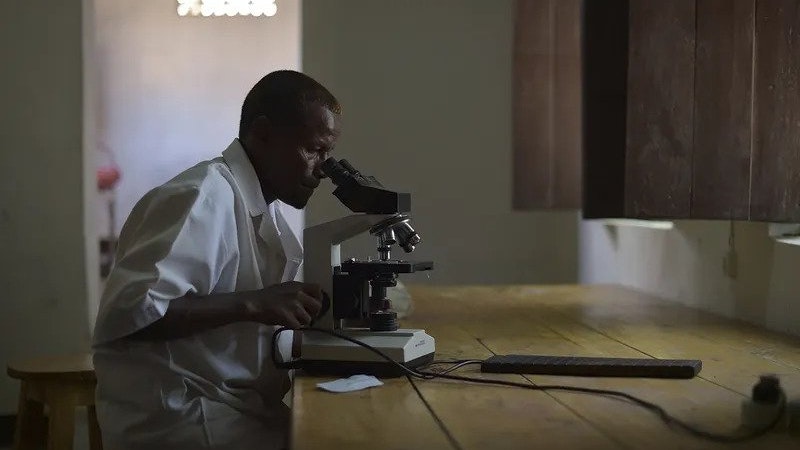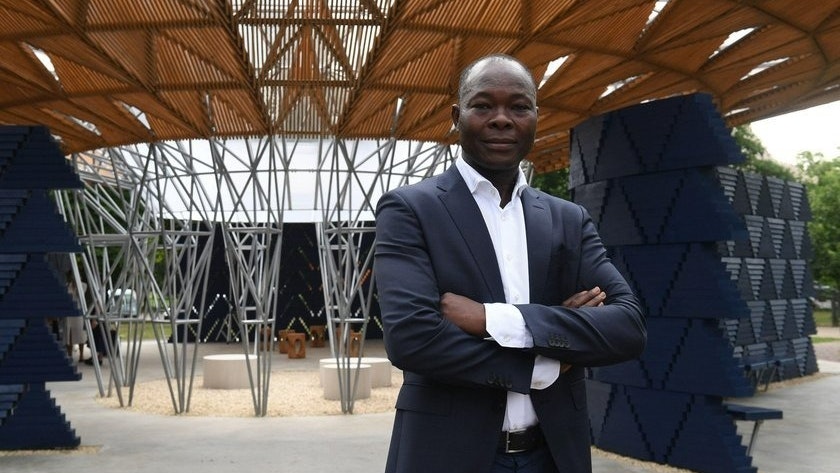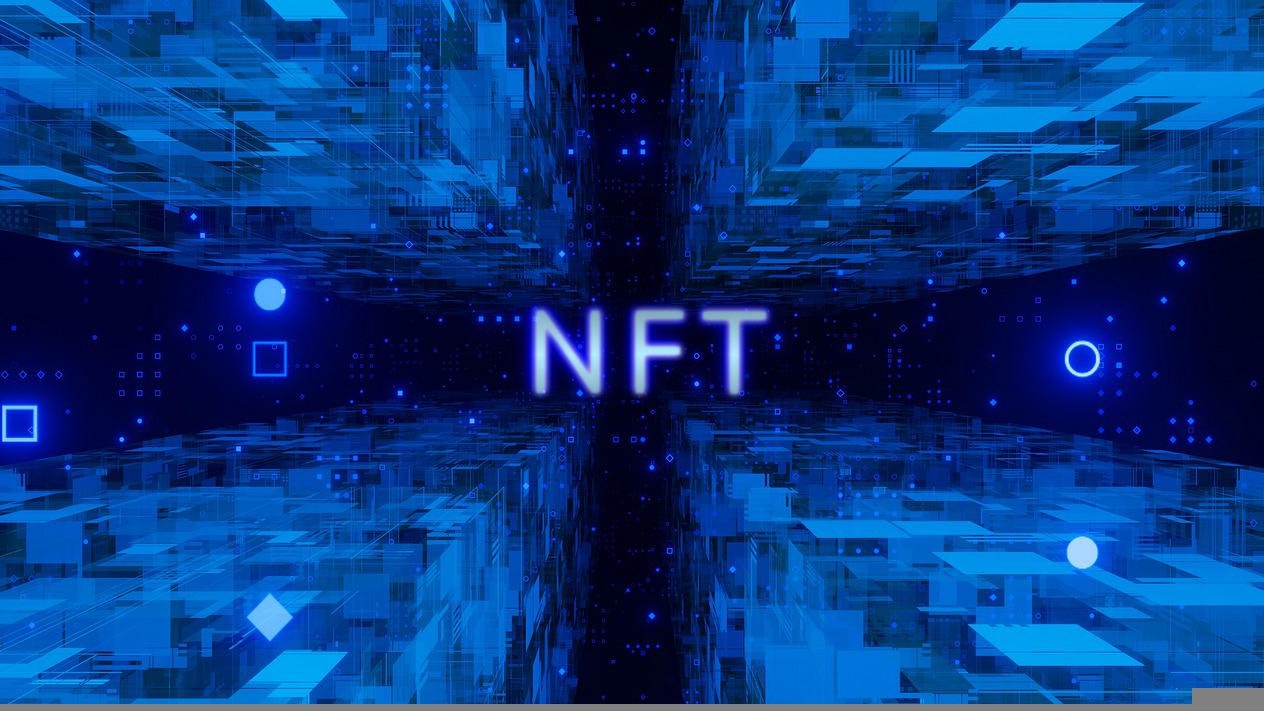
'You cannot talk about art now without mentioning NFTs,' Osinachi, Africa’s leading NFT artist, told CNN. 'It will become part of the art scene as we know it.'
African artists and creatives are embracing non-fungible tokens (NFTs) as a new way to share ideas and culture, while ensuring ownership and potentially generating massive revenues.
What are NFTs?
An NFT is a digital asset that can represent anything from art, music, gifs and even tweets, and traded online (often using cryptocurrency).
Although first used in 2014, NFTs are gaining notoriety now because they are becoming an increasingly popular way to buy and sell digital artwork - a staggering $160 million has been spent on NFTs since November 2017.
Fungible means something that can be exchanged with an exact replacement. Non-fungible refers to the NFT’s uniqueness and value - most are one-offs, or limited runs.
For example, in March 2021, African ‘crypto artist’ Osinachi sold $75,000 worth of NFTs in 10 days, before selling Becoming Sochukwuma – a painting showing a black dancer wrapped in a tutu swirling on a computer screen – for $80,000 on the crypto-art market.
Even though there are often multiple digital ‘copies’ online, NFTs allow the buyer to own the original item. Each NFT also contains built-in authentication, which serves as proof of ownership. Collectors value this new digital kudos almost more than the item itself.
Global NFT gallery for African talent
Africa’s comparatively weak intellectual property laws have robbed many artists of the tangible gains from their work, as few nations have internationally recognised ownership documentation.
So, as well as generating followers and funding, NFTs give African artists a place to monitise and showcase their rich culture, as copyrights can be preserved and long-term royalties earnt in perpetuity.
Africa’s rising NFT stars
A recent Finder survey ranks Nigeria as the 6th largest adopter of NFTs and South Africa as 12th. The survey also hints that NFT adoption will more than double in these countries due to the high interest among respondents.
Lagos-based Art X, West Africa's most prominent international art fair, held its first exhibition dedicated to NFTs in November.
Multiple screens featuring vibrant digital imagery were mounted on a jet black wall within a sprawling marquee. It was curated by Osinachi and featured 10 artists from African countries including Nigeria, Morocco, and Senegal.
Art X founder Tokini Peterside is excited about what she describes as an ‘NFT revolution.’
‘We realised that this was a fantastic way for digital artists to monetise their practice.’
Peterside cites the ascent of 21-year-old digital artist, Anthony Azekwoh, also based in Lagos, who made around $40,000 from his NFT art series, The Deathless Collection, in 2021, with the NFT for The Red Man selling for $25,419.
NFT - Not just for profit
Heritage provides an identity and sense of cohesion for communities, especially when economic instability disrupts that identity.
The unique qualities of NFTs proved to be ideal for raising awareness of the Benin Ivory Masks, driving global dialogue about the Benin Bronzes, disputed pieces that should be returned to their rightful owners.
With 1,897 NFTs, the Benin Bronze collection focuses on one of the three Benin Ivory masks while fostering social connections, and enabling holders to experience the ancient Benin Kingdom that was destroyed centuries ago, using technology.
Online presence. Offline population?
NFTs are becoming increasingly popular, but there are still legacy problems, especially based around the lack of internet penetration, a formidable barrier to many artists in Africa looking to enter the NFT space.
Most NFT trades are conducted using cryptocurrencies, and countries such as Nigeria have stringent rules involving high trading volumes, which could limit sales.
-
As the world comes to terms with the increasingly digitised, virtual world in which NFTs and cryptocurrencies exist, the future of African art looks set to be more established, equitable, exciting, and progressive than anyone could have imagined – a revolution in art ownership has only just begun.

